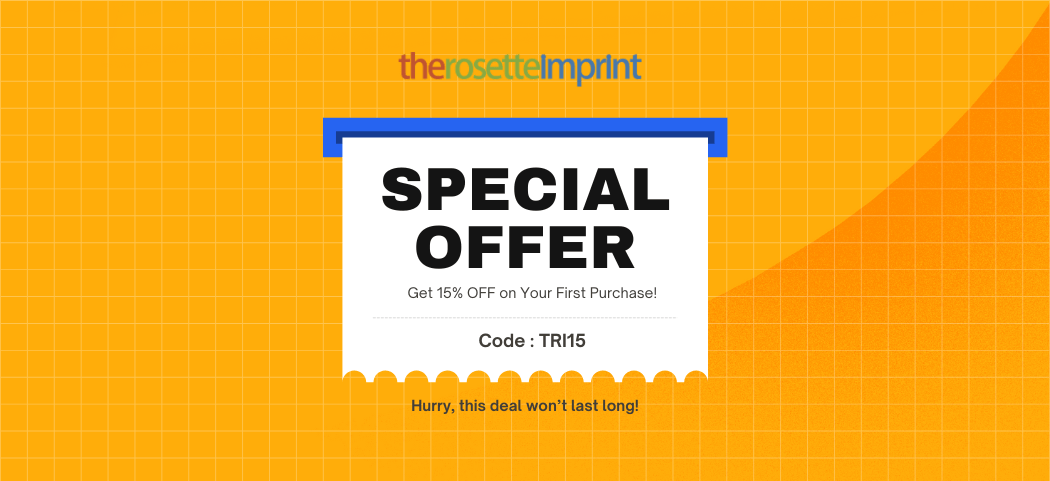Complete Guide to Books: Finding the Perfect Reads for Every Age and Interest
In today’s digital world, physical books continue to hold a special place in our homes and hearts. From engaging children’s stories to practical home guides, books offer unique experiences that screens simply cannot replicate. This comprehensive guide explores the diverse world of books, helping you select the perfect additions to your personal library.
Children’s Educational Books: Learning Through Reading
Children’s educational books form the cornerstone of early literacy and cognitive development. These specialized texts go beyond simple storytelling to incorporate learning objectives appropriate for various developmental stages. Quality children’s educational books typically feature:
- Age-appropriate vocabulary and concepts
- Engaging visuals that reinforce textual information
- Interactive elements like questions, puzzles, or activities
- Curriculum-aligned content supporting classroom learning
- Durable construction designed for frequent handling
The best children’s educational books balance entertainment with instruction, ensuring young readers remain engaged while absorbing new information. Topics range from basic concepts like colors and shapes to more complex subjects like science, history, and cultural diversity.
Educational Books by Subject
When selecting children’s educational books, consider these popular categories:
- STEM Books: Introducing science, technology, engineering, and mathematics concepts through accessible stories and experiments
- Language Arts Books: Building vocabulary, grammar, and reading comprehension skills
- Social Studies Books: Exploring history, geography, and diverse cultures in age-appropriate ways
- Life Skills Books: Teaching practical concepts like emotions, health, safety, and social interactions
Learning Books by Age: Developmental Appropriateness
To maximize educational impact, learning books by age are specifically designed to match children’s developmental capabilities. These targeted resources consider attention span, comprehension level, and interests typical of each age group.
Ages 0-2: Foundation Building
- Board books with simple images and textures
- Basic concept books introducing colors, shapes, and numbers
- Simple rhyming texts developing phonological awareness
- Books with mirrors, flaps, and interactive elements
Ages 3-5: Early Learning
- Picture books with more developed storylines
- Beginning alphabet and number concept books
- Simple science and nature introductions
- Books supporting emotional development and social skills
Ages 6-8: Independent Reading
- Early reader books with controlled vocabulary
- Chapter books with engaging plots and characters
- Subject-specific books on topics of interest
- Books that build confidence in reading abilities
Ages 9-12: Knowledge Expansion
- More complex chapter books and series
- Books exploring advanced STEM concepts
- Historical and cultural explorations
- Resources supporting school curriculum topics
Selecting appropriate learning books by age ensures children encounter material that challenges without frustrating, maintaining their enthusiasm for reading and learning.
Activity Books for Kids: Hands-On Learning and Entertainment
Beyond traditional reading, activity books for kids provide interactive experiences that develop creativity, problem-solving skills, and fine motor coordination. These versatile books offer screen-free entertainment while reinforcing educational concepts through hands-on engagement.
Popular types of activity books for kids include:
- Coloring and drawing books developing artistic expression
- Puzzle books enhancing logical thinking and patience
- Sticker books improving fine motor skills and following directions
- Science experiment books encouraging hands-on discovery
- Craft instruction books teaching new skills and techniques
The best activity books for kids balance entertainment with educational value, offering multiple sessions of engagement r

